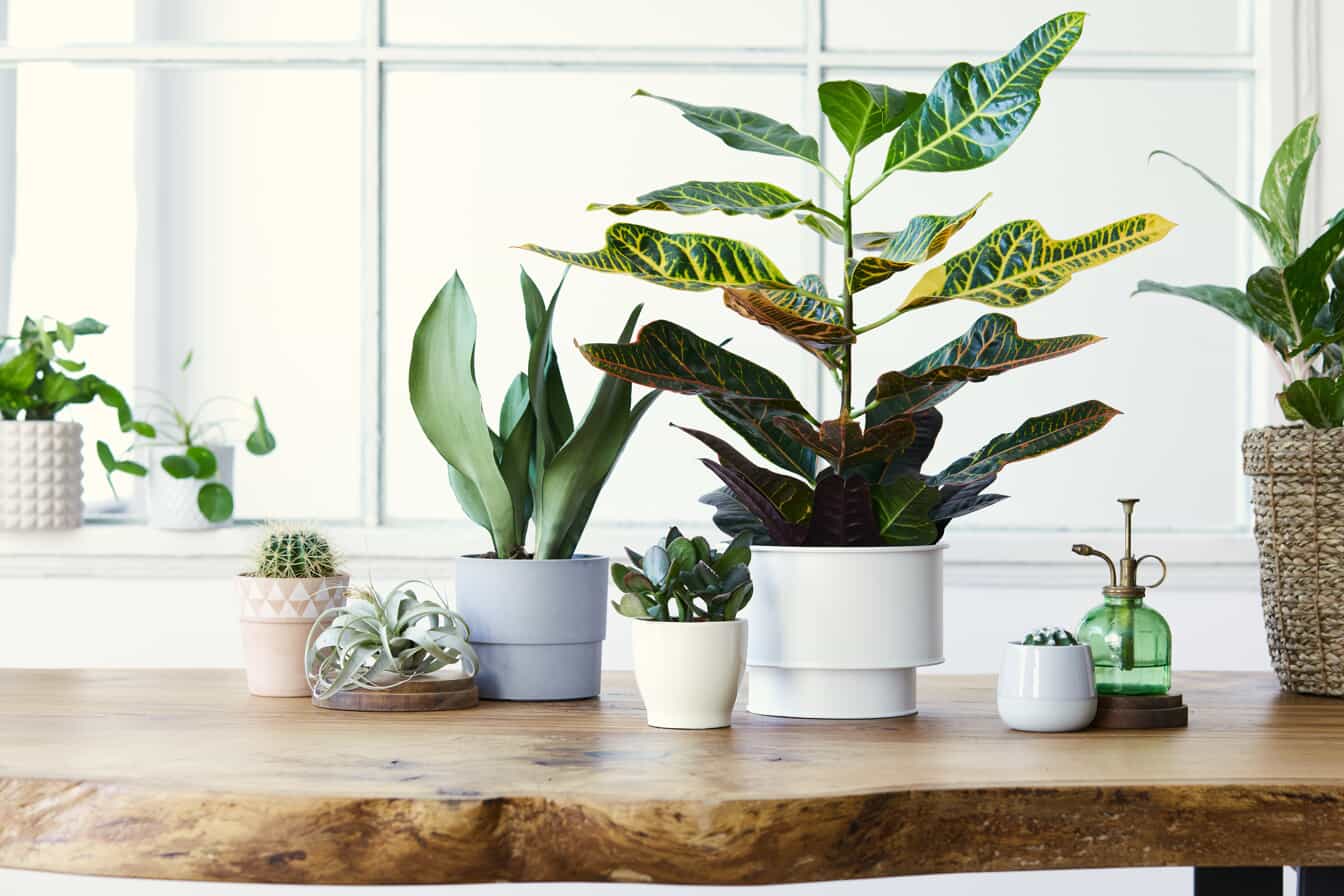Overlooked Kitchen Items You Should Be Cleaning
Has your kitchen been seeing a lot more activity than usual these days? As the main room where we store food and prepare meals, kitchen cleanliness is vital for preventing food-borne illness. However, a study done by NSF International found that many common kitchen items are not being cleaned properly—or at all—and harbor germs that can make people sick. We’ve compiled a list of the germiest kitchen items often overlooked when cleaning.
Refrigerator
While you may be good about throwing out expired items and cleaning up spills, studies suggest you may not be cleaning two of the germiest places in your kitchen—the vegetable and meat drawers—as well as a few other forgotten spots.
Vegetable/crisper drawer: Remove from the fridge if possible and wash with warm soapy water and a clean cloth or sponge. Rinse and dry before replacing. We recommend doing this monthly. In addition, separate washed and unwashed produce when storing, and keep all produce separate from raw meat, poultry, and seafood to avoid contamination.
Meat drawer: As with the vegetable drawer, remove this from the refrigerator, wash with warm soapy water, rinse, and dry before returning to the fridge. Clean this monthly along with the other drawers or anytime you notice leaks or spills from the meat. If possible, designate the bottom drawer for meat to avoid accidental leaking onto produce or other items.
Coils: Dusty coils won’t pose an illness risk, but they may reduce your refrigerator’s cooling power and lifespan. Every six months, unplug your refrigerator, wipe down the coils with a clean microfiber cloth, then plug it back in. The contents of your fridge will be fine during this time, since it shouldn’t take more than a few minutes.
Water dispenser: Use a bottle brush or toothbrush dipped in vinegar to clean the dispensing spout and the area around it. As needed, you may also run vinegar through the entire line to clean inside the reservoir and tubing. To do this, turn off the water supply to the filter and use a funnel to pour white vinegar through the line instead. Press the water dispenser to run the vinegar through the entire system, then reattach the line to the water supply.
Door seal and handle: These are two spots especially susceptible to accidental contamination. Once a month, use a solution of one part white distilled vinegar to two parts warm water and a clean cloth or sponge to wipe clean. Pat dry with a clean cloth or paper towel.
Microwave
Clean spills, splatters, and smells from the inside of your microwave by heating a measuring cup or microwave-safe bowl full of vinegar and water. Use a ratio of 2-3 tablespoons of vinegar to 1 cup of water and heat for 5-10 minutes, until the window steams up and the mixture boils. Wait for five minutes to let the steam break down grease and grime, then open the door, carefully remove the vinegar and water, and wipe down the inside of the microwave with a clean cloth or sponge. You can also use the vinegar and water solution and a cloth or sponge to clean the rubber seal and the window in the door.
Drawers, Cupboards, and Cabinets
Since food, utensils, and other cooking equipment is stored in kitchen drawers and cabinets, it makes sense to keep them as clean as possible. At least once a year, go through each one and remove all items. Wipe clean with a cloth or sponge dampened with warm soapy water—liquid dish soap works well for cutting through grease—and pat dry or let air dry before putting items away. This is the perfect time to get rid of expired food and to look for signs of any pests.
For more tips and inspiration, check out our article titled Kitchen Cabinet Cleaning Basics.
Garbage Can
Even though you use a trash bag, the trash bin itself can quickly become contaminated. At least once a month, depending on how much use your garbage can gets, use a fresh cloth or sponge and warm soapy water to wipe it down. Start on the outside, then move to the inside—and don’t forget the lid! Our cleaning experts offer even more guidance on cleaning your kitchen garbage can here.
Small Appliances
When it comes to small kitchen appliances, some parts obviously need to be cleaned after each use—the pot of your coffee maker or the inner bowl of a rice cooker, for example. Other components may not be so obvious but are just as important to clean. Here are some examples:
Toaster: To discourage pests and eliminate fire hazards, be sure to empty and clean the crumb tray after each use. Wipe down knobs and buttons, too, for good measure.
Blender: Remove the blade mechanism from the blender jar before washing to be certain the rubber gasket or seal gets cleaned. When left assembled, food particles can become lodged between the parts, grow bacteria, and contaminate the next blended mixture.
Coffee maker: Though you likely wash out the carafe of your coffee maker after finishing a pot of coffee, when was the last time you cleaned the water or grounds reservoirs? Empty the machine of water and grounds, then add equal parts white vinegar and water to the water reservoir, place an empty filter into the basket, and run a brew cycle. Stop the cycle or turn off the machine halfway through and let sit for 30-60 minutes, then finish the cycle. Run another brew cycle of fresh water to clear out the vinegar, then use as normal.
Reusable Grocery Bags
Going green with reusable bags is great, and even mandated in some places, but they can collect harmful bacteria from meats, produce, and other items. Storing unwashed bags in a hot car can further encourage germs to multiply. If your bags have a label with care instructions, follow those. Most can be laundered in hot water on a gentle cycle and air-dried. Be sure to remove any cardboard inserts (often used to give shape to the bag) and turn the bag inside out before washing. Use a disinfectant spray cleaner on the inserts, and on any bags you don’t feel comfortable washing.
Can Opener
The blade of a can opener constantly comes into contact with the food product inside, but not many people think to clean the opener after using it. If your can opener is dishwasher safe, toss it in after each use. If not, hand-wash in warm soapy water with the rest of your dishes, paying close but careful attention to the area around the cutting blade and gears.
Sink and Drain
You use your sink to wash your hands during food prep, clean produce, drain meat juices from packaging, wash your dishes, and so much more. But how often do you clean your sink? Wipe it down regularly with hot soapy water to keep it clear of food particles and other debris. Once every week or two, fill your sink basin with vinegar and soak for 20 minutes, using vinegar-saturated cloths or paper towels to wrap around the faucet and up the sides, then drain.
For a one-two punch, pour a cup of baking soda down the drain before filling the basin with vinegar. When it’s time to drain the vinegar, it will mix with the baking soda and bubble up to help clear debris from the drain and neutralize bad smells.
Garbage Disposal
Do you ever notice a funky smell coming from your garbage disposal? If it never seems to dissipate, no matter what you do, the smell is likely coming from the ring around the disposal rather than the disposal itself. Give it a good scrubbing while cleaning your sink, or soak it in a solution of vinegar and water to eliminate odors.
Salt and Pepper Shakers
If you’re like most people, you simply refill these kitchen fixtures as soon as they run low. And you may avoid wiping them down regularly out of fear of moisture getting inside. However, because they’re used while cooking, during meals, and for the odd use in between, these containers pick up plenty of microorganisms. Regularly remove the contents and wash in warm soapy water, using a bottle brush to scrub inside the shaker. Be sure they are completely dry before replacing the salt and pepper to prevent clumping.
Looking for a quick disinfection in between washings? Try this tip: Using a little alcohol-based hand sanitizer, wipe down the shakers with your hands.
Knife Block
Though not as much of a germ hotspot as other items, your knife block probably hasn’t been cleaned in a while—if ever. Remove the knives and wash the block in hot soapy water, using a small brush, such as a baby bottle brush, to scrub in each knife slot. Rinse thoroughly and let it dry completely before returning knives to the block. (Hint: Try using a hair dryer to make sure knife slots are dry inside!)
Stove Exhaust/Range Hood Grease Filter
The filter on your stove exhaust or microwave vent fan is designed to catch grease, but most people don’t realize it should be cleaned regularly to maximize the lifespan of appliances and minimize potential fire hazards. To do this, unplug the exhaust fan or microwave, then locate and remove the metal mesh grease filter. Soak the filter for 15-30 minutes (or up to an hour for especially greasy filters) in boiling hot water, with liquid dish soap and a bit of baking soda added to cut through the grease. You can soak the filter in your kitchen sink basin, a large pot, or even a disposable roasting pan for easier cleanup. After soaking, use a soft sponge or soft-bristled brush to remove any remaining grease. Rinse with hot water and allow to dry completely before replacing the filter and plugging the fan or microwave back in.
Burner Knobs
Think about how often you adjust the burners on your stove while you cook, not to mention how often food spills or splatters from where it’s cooking. Once a week, pull off the control knobs from your burners and hand-wash them in warm soapy water to keep them clean. Wipe down with a vinegar cleaning solution every now and then for some added disinfection!
Reach Out to Merry Maids for House Cleaning Services
Our kitchen cleaning professionals at Merry Maids can help you take back your time so you can spend it doing what you love. We offer regular cleaning services, specialty cleaning, organizational services, and more. Get in touch with us today and request an estimate to learn more about what we can do for you.














